Hello! In the Sasabe Sakura Reference Room, the Summer/Fall Exhibition “Sasabe Shintarō and the Town of Sakura, Nishinomiya” is being held. Nishinomiya City, which celebrated the 100th anniversary of its municipal organization, has established cherry blossoms as the city flower, and is also developing original cherry blossom varieties and improving famous places such as Shukugawa River.
Cherry blossoms are planted in Nishinomiya and many other cities and riverside areas in Japan. How are they increasing the number of cherry blossoms?
The main methods of propagating cherry blossoms include seedling cultivation from seeds and grafting, in which created from an existing tree. In this article, we will introduce about seedling.
Cherry trees have a property called self-incompatibility, so they can’t fertilize using flower pollen from on the same tree. Therefore, they must fertilize using pollen from different varieties of cherry trees. Thus, the seed created by incorporating the two types of genetic information will not have the same traits as either parent but will have a combination of both traits. Attempts have been made to take advantage of this property to create new varieties by crossing varieties with superior traits.
It is often said that “Someiyoshino cherry blossoms don’t bear fruit.” That is because the fact that the variety is propagated by grafting and all have the same genes. If there are no cherry trees other than Someiyoshino planted nearby, they won’t bear fruit because of their self-incompatibility. If there are other varieties planted nearby, you can see fruits of Someiyoshino.
As we introduced in the previous article, Sasabe Shintarō had been collected cherry blossom seeds from all over Japan. He stored and planted at “Ekiraku Sansou,” his own forest used for research. This activity was based on his thought that wanted to make the new cultivar replaced to Someiyoshino. “Sasabezakura cherry blossoms,” named after Sasabe, is also a variety that began as a seedling that accidentally sprouted in the garden of his residence.
“Nishinomiya Gongendaira cherry blossoms” at the parking lot in the Sake Museum also bear fruits from May to June. The number of fruits were very few in last year (2024), but there were many fruits in this year (2025).
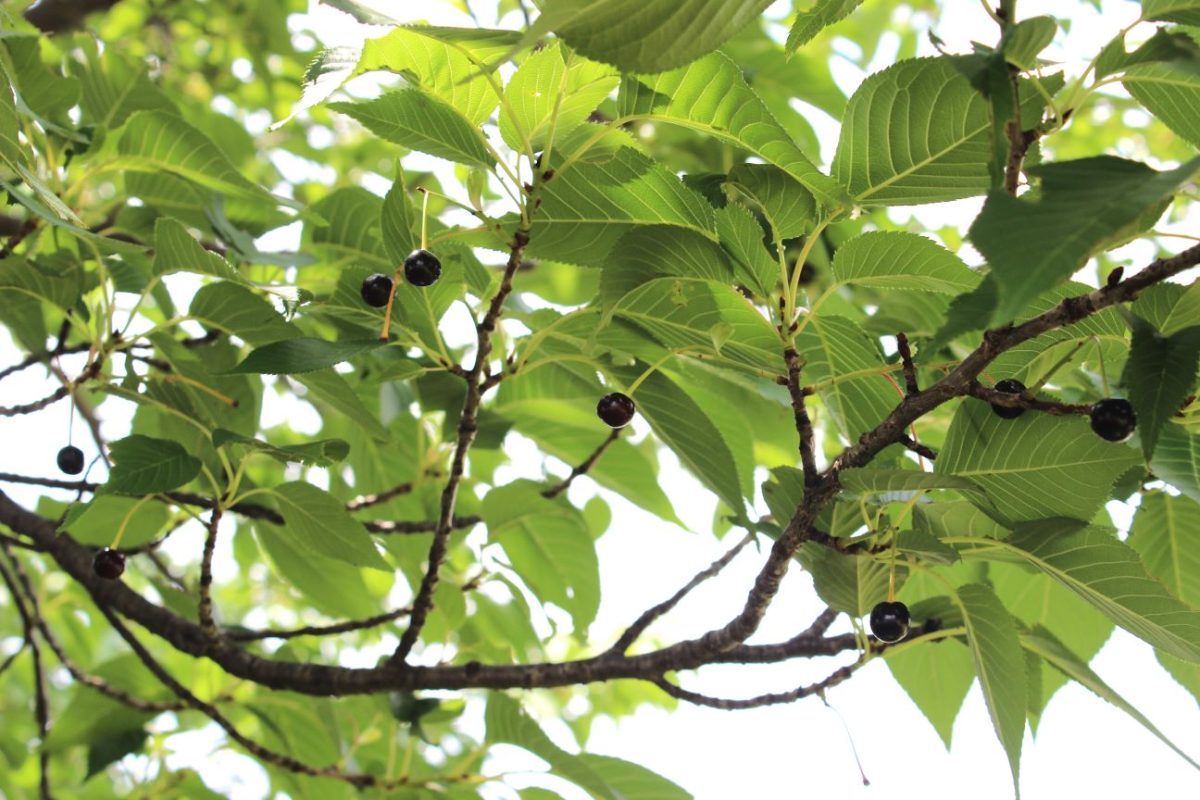
When we see closely around the tree, we can notice that they are some sprouting. The seeds, which are believed to have fallen several years ago, germinated naturally.
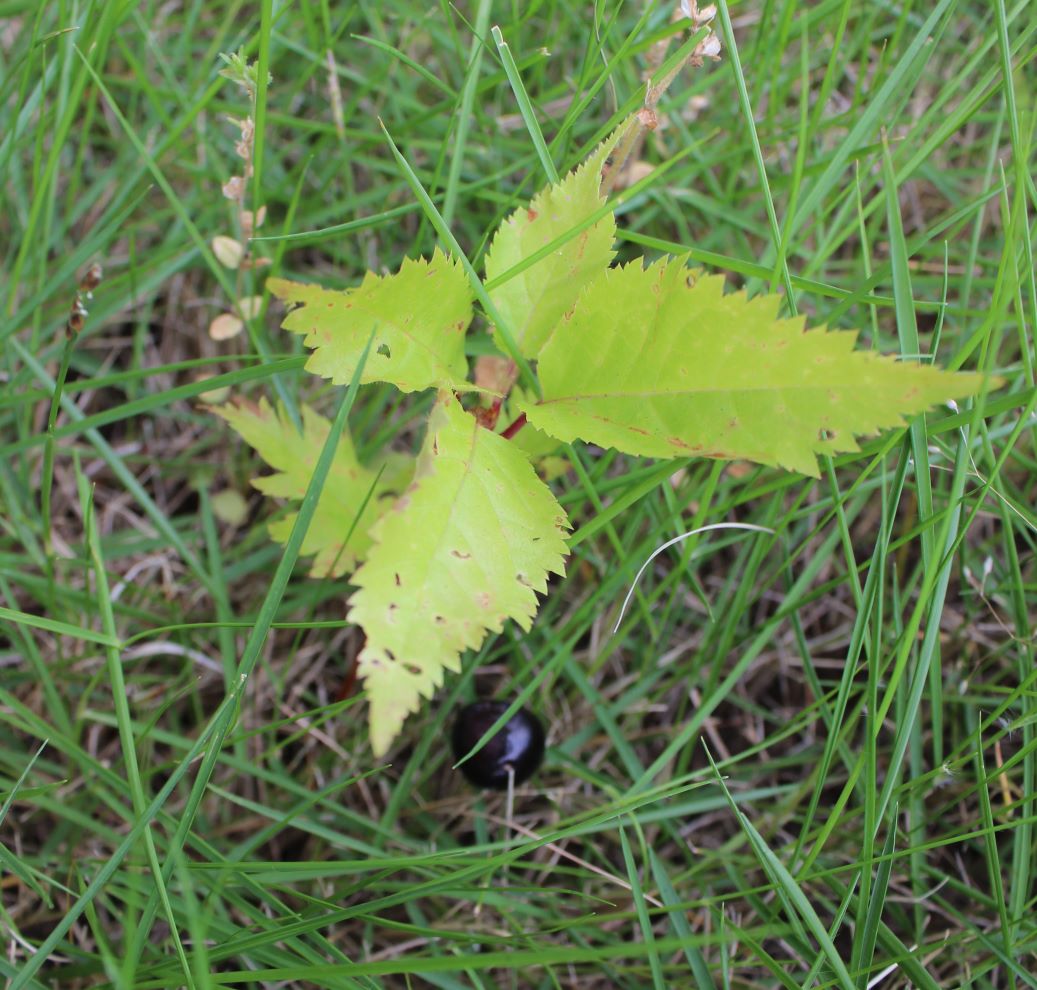
This young tree in a plant pot is a transplant of a seedling of the Nishinomiya Gongendaira cherry blossom that sprouted in 2023. When they were seedlings, they all looked similar, but now different traits are appearing, such as height and leaf shape.
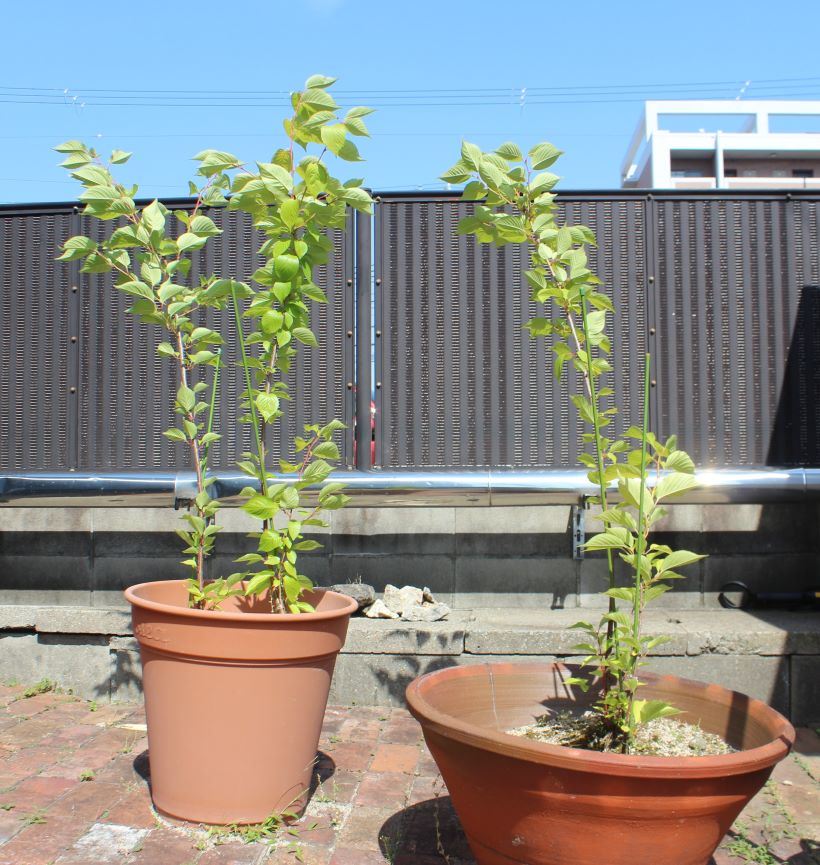
Generally, it takes about 5 to 10 years or even longer, for seedling cherry blossoms to flower from germination. Sasabe-zakura cherry blossom flowered five years after germination, so Sasabe gave it the temporary name “Gosai-zakura” (five-year-old cherry blossom). I look forward to seeing how these seedling cherry trees will grow in the future.
Please pay attention not only cherry blossom flowers but also leaves and fruits that follow.
Please look forward to the next article!


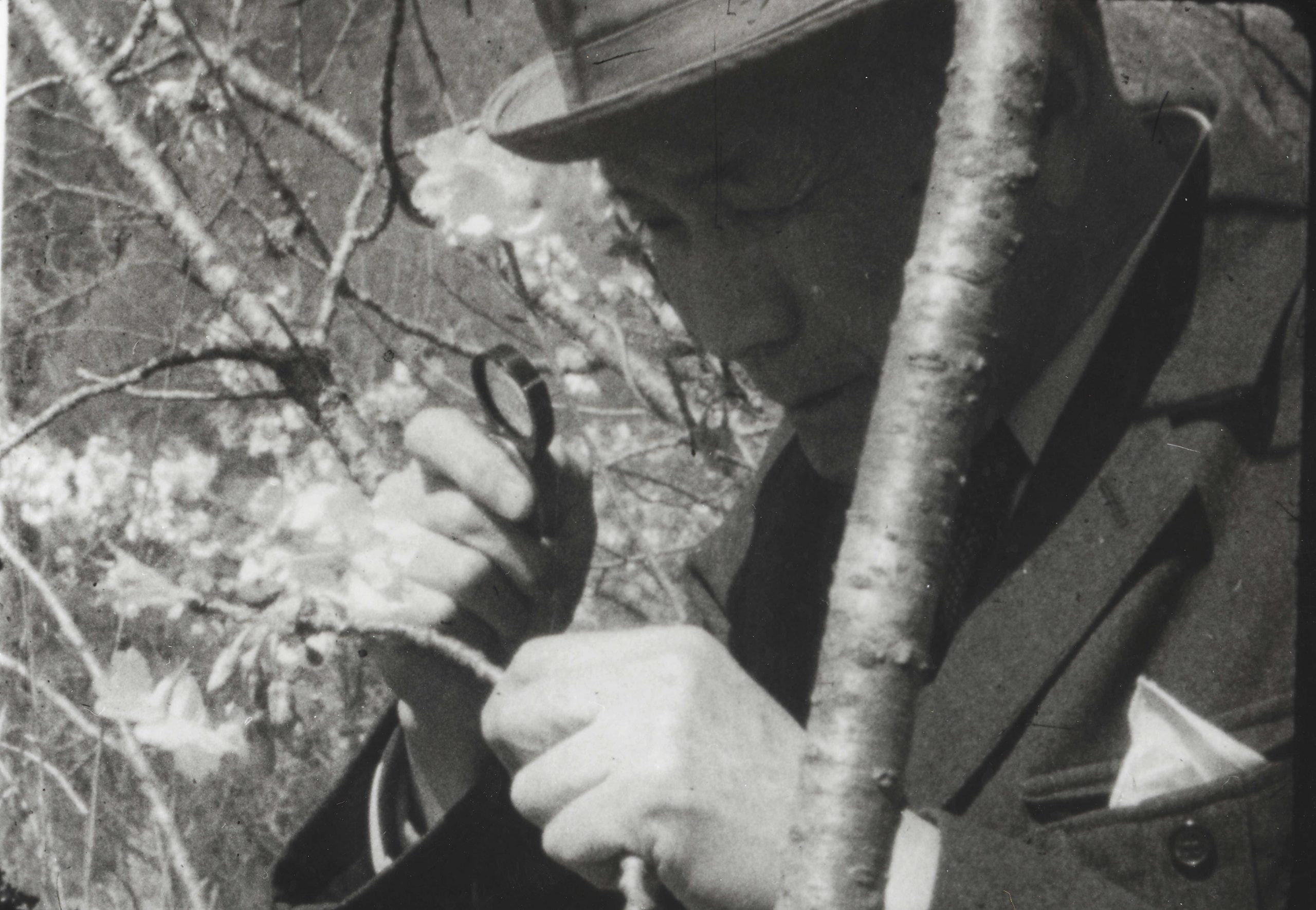
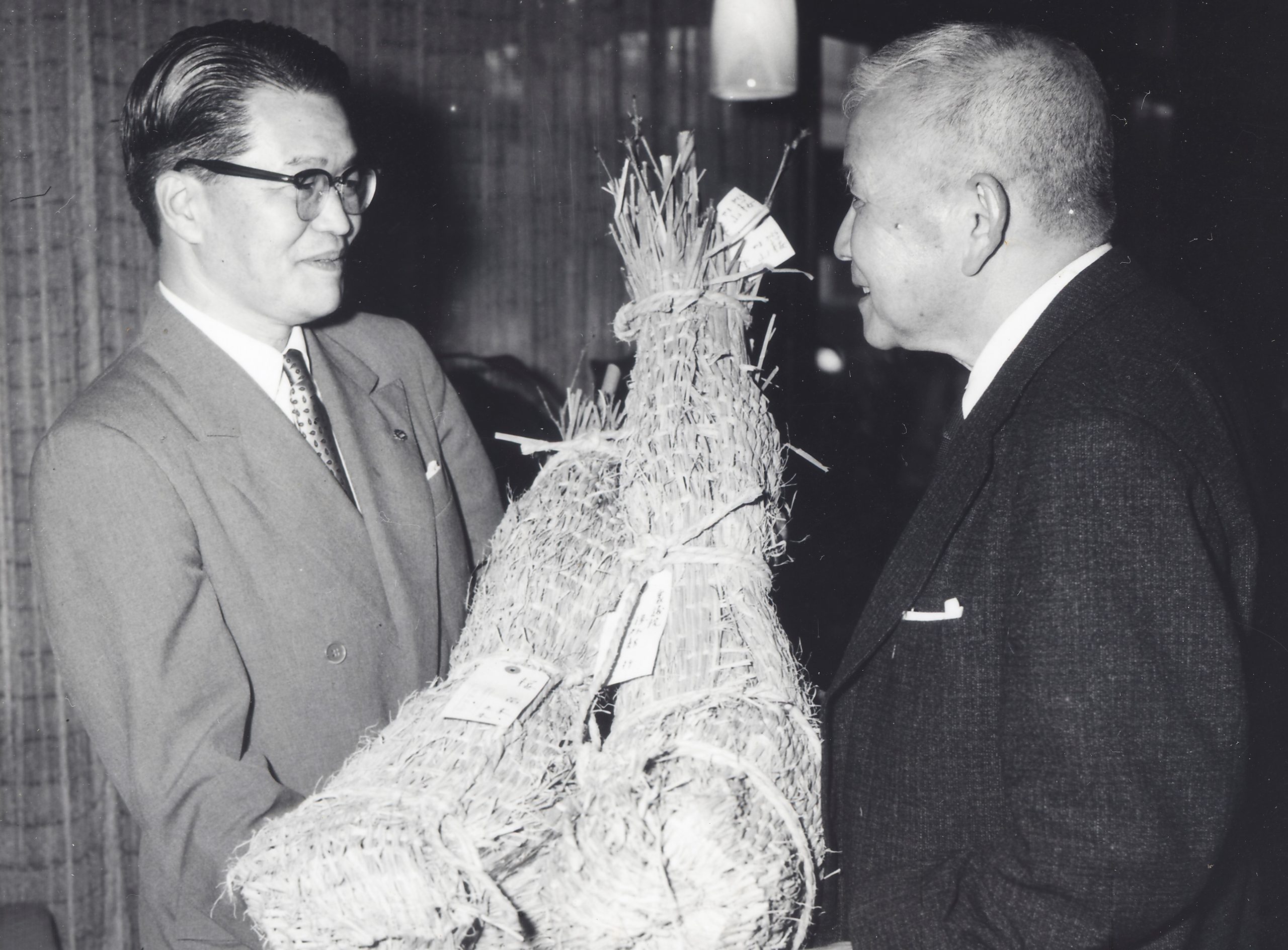
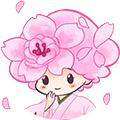
-scaled.jpg)
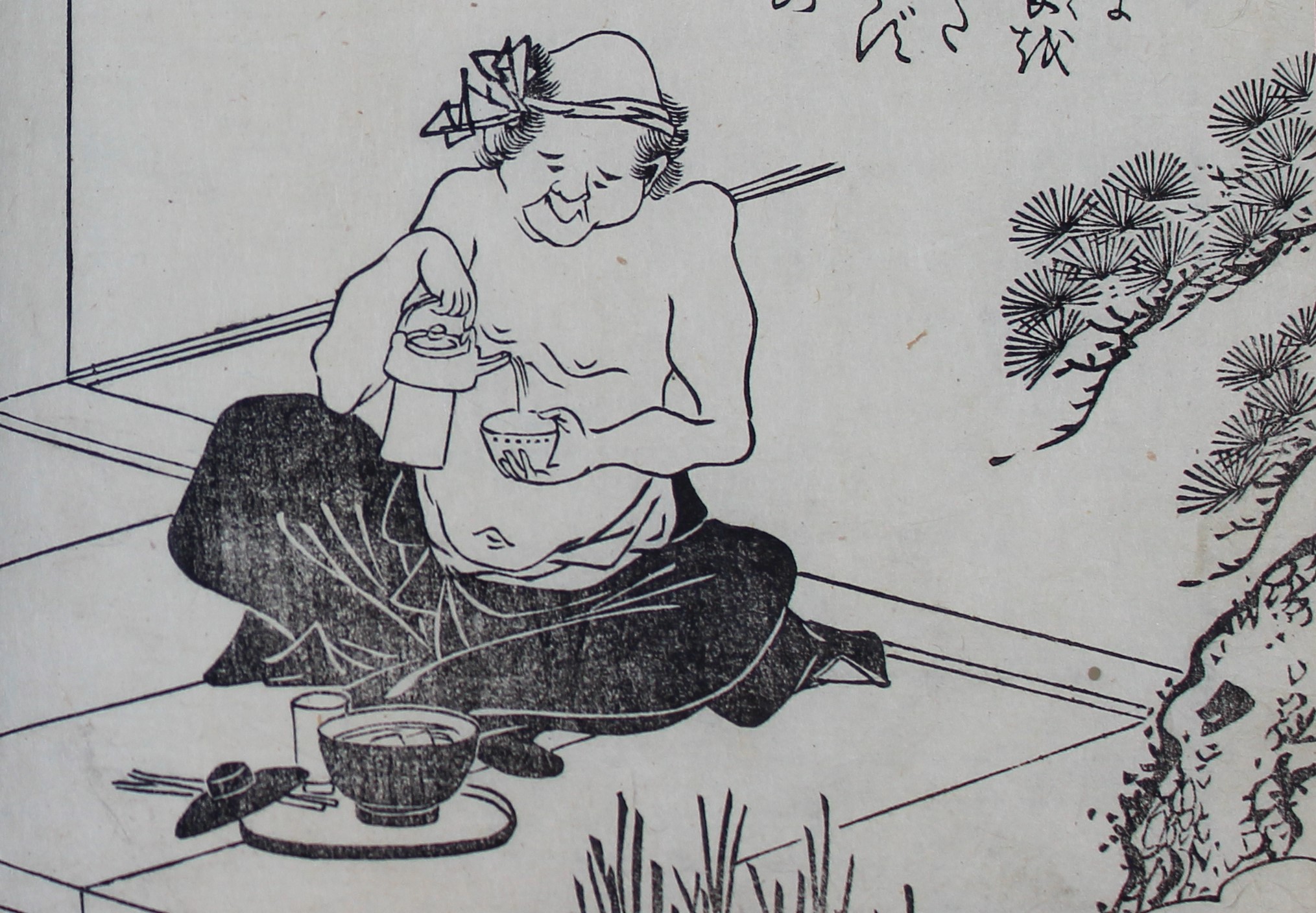
-scaled.jpg)


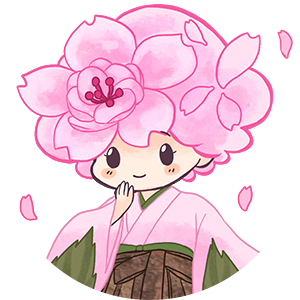
Let’s visit the upcoming exhibition to learn more about Sasabe san!